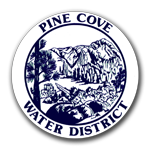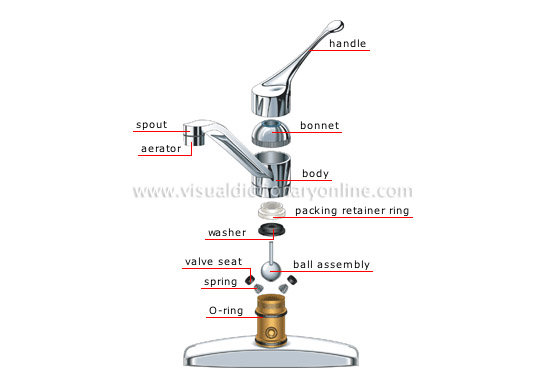Wildfire Actions
What to do BEFORE a wildland fire:
- Create defensible space to separate your home from flammable vegetation and materials.
- Adhere to all local fire and building codes and weed abatement ordinances.
- Keep all trees and shrub limbs trimmed so they do not come into contact with electrical wires or overhand your chimney. (Do not trim around live power lines yourself, call a professional)
- Prune all lower branches 8 feet from the ground.
- Keep trees adjacent to buildings free of dead or dying branches.
- Stack firewood away from your home and other buildings (Keep clearance around your piles)
- Keep roof surfaces clear of pine needles, leaves and debris at all times.
- Install spark arresters for each chimney
- Clean chimneys and check the maintain spark arresters twice a year.
- Keep rain gutters clear of debris at all times.
- Use approved fire resistant materials when building, renovating, or retrofitting structures.
- Install electrical lines underground if possible.
- Be sure your house numbers show clearly from the street, both day and night.
- Store combustible or flammable materials in approved containers.
- Store all important papers in a fireproof container or keep copies at another location.
- Make evacuation plans with family members. Include several options with an outside meeting place and contact person. Practice regularly.
- Keep battery operated radios and flashlights with additional fresh batteries on hand.
What to do DURING a wildland fire:
- Turn on a battery operated radio to get latest emergency information.
- If you have a ladder, prop it against the house so you and firefighters have access to roof.
- If hoses and adequate water are available set them up. Fill buckets with water.
- Remove combustible materials form the area surrounding your house.
- Turn a light on in each room for visibility in case of smoke.
- Close all doors and windows, but do not lock them.
- Open or take down flammable drape and curtains.
- Close all venetian blinds and non-flammable window coverings.
- Move upholstered furniture away from windows and sliding glass doors.
- Be ready to evacuate all family members and pets when requested to do so.
- Turn off air conditioning/ air circulation systems.
- Detach electrical garage doors. Back in your car and leave the keys in the ignition.
- Secure your pets if possible.
What to do AFTER a wildland fire:
- Check with fire officials before attempting to return to your home.
- Use caution when re-entering a burned area – flare-ups can occur.
- Check grounds for hot spots smoldering stumps and vegetation. Use your buckets of water.
- Check the roof and exterior areas for sparks and embers.
- Check the attic and throughout the house for hidden burning sparks and embers.
- Continue to check for problem areas for several days.
- Contact 911 if any danger is perceived.
- If burning outside your home was extensive, watch for soil erosion.
- Consult local experts on the best way to restore and replant your land with fire safe landscaping.




